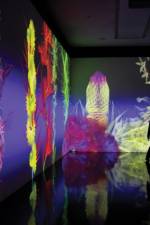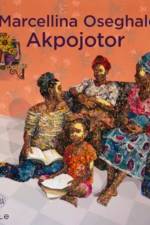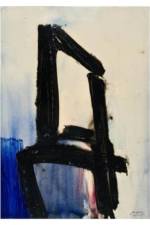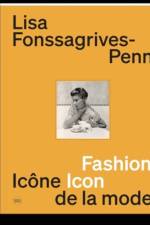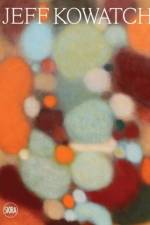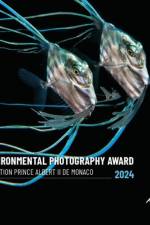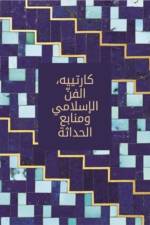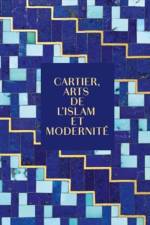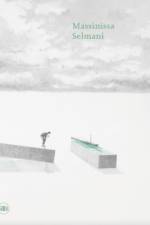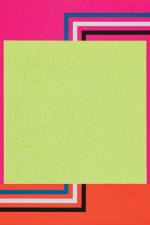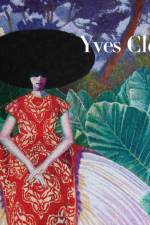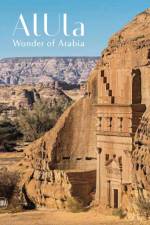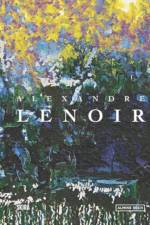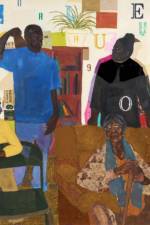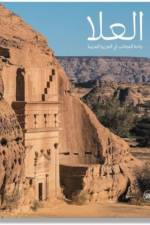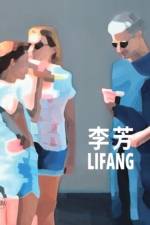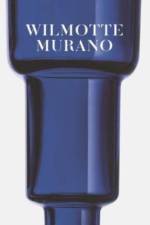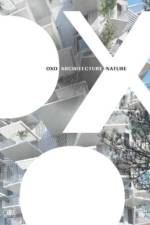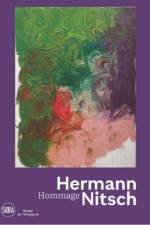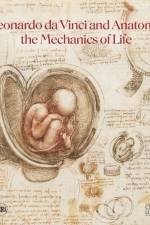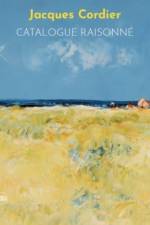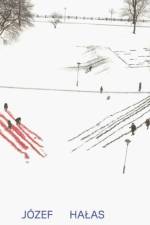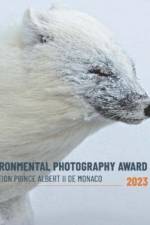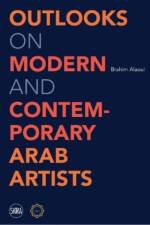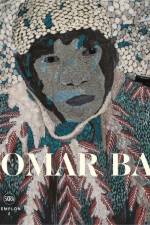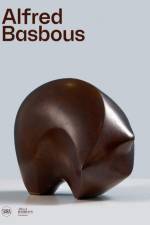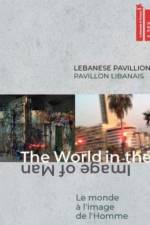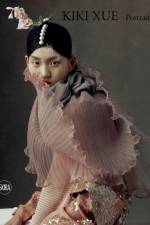419
A compelling insight into the life of one of the most iconic models in the world of 20th-century fashion Lisa Fonssagrives-Penn (1911-1992) was a dancer, photographer, stylist and sculptor, but above all one of the most emblematic models of the 20th-century fashion world. She worked with the greatest fashion photographers of her time from 1935 to 1955: Richard Avedon, Erwin Blumenfeld, Louise Dahl-Wolfe, Fernand Fonssagrives, Toni Frissel, Horst P. Horst, whose favourite model she was, George Hoyningen-Huene, Frances Mclaughlin-Gill, Irving Penn, Georges Platt-Lynes, John Rowlings, etc. She was the first model to feature on the cover of Time magazine in September 1949. Wife of Irving Penn from 1950 until her death in 1992, she was, according to Alexander Liberman, artistic director of Vogue magazine, the subject of his greatest photographs. The MEP exhibition and accompanying catalogue will feature around 150 original vintage prints from her personal collection. Some of these images were published in Vogue France, Vogue US or Harper's Bazaar, and many are previously unpublished, including a large number of photographs of Fernand Fonssagrives, her first husband, and more private portraits taken by Irving Penn. An intimate and astonishing collection, with most of the prints revealed to the general public for the first time.

